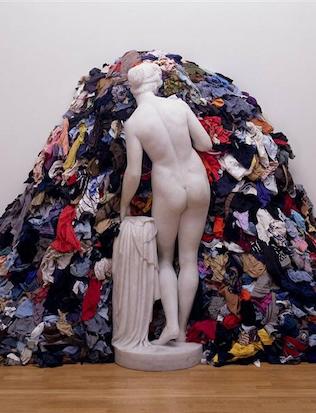I was recently in Turin, one of my favourite Italian cities: great art, great architecture and delicious food, especially in truffle season, served in restaurants so charmingly conservative – with their immaculate linen, uniformed ragazzi and total lack of ambient music – that they make me feel as if I have stepped into a time machine and gone back at least a hundred years. Turin is a conservative city, immensely proud of its Savoy heritage, still palpable in a number of dauntingly vast former royal residences dotted in and around the town: my favourite is the Venaria, a so-called hunting lodge built on the scale of Versailles. Most can now be visited as museums. The town’s most famous football team is Juventus, which means “youth” in Latin, although the club’s nickname is “La Vecchia Signora”: The Old Lady. In Turin, it seems, everything that really matters must be given an aura of venerability.
One reason for my visit was to see something old that has been made new – or at least restored to a condition of seemingly pristine antiquity. In April 1997 a fire ravaged the seventeenth-century chapel commissioned to house the Turin Shroud, the city’s most famous relic, once believed to be the fabled veil of Veronica, imprinted with the face of the suffering Christ. The shroud itself was saved by firemen who braved the choking heat and smoke; but the chapel, masterpiece of architect Guarino Guarini, was seemingly damaged beyond repair. (Ironically the fire broke out on a scaffold originally erected for the purposes of restoration: shades of Notre Dame.) But all was not lost. After more than twenty years of sorting through the rubble, filling in gaps with new stone cut from an ancient local quarry, then painstakingly putting all the pieces together, restorers finally...


